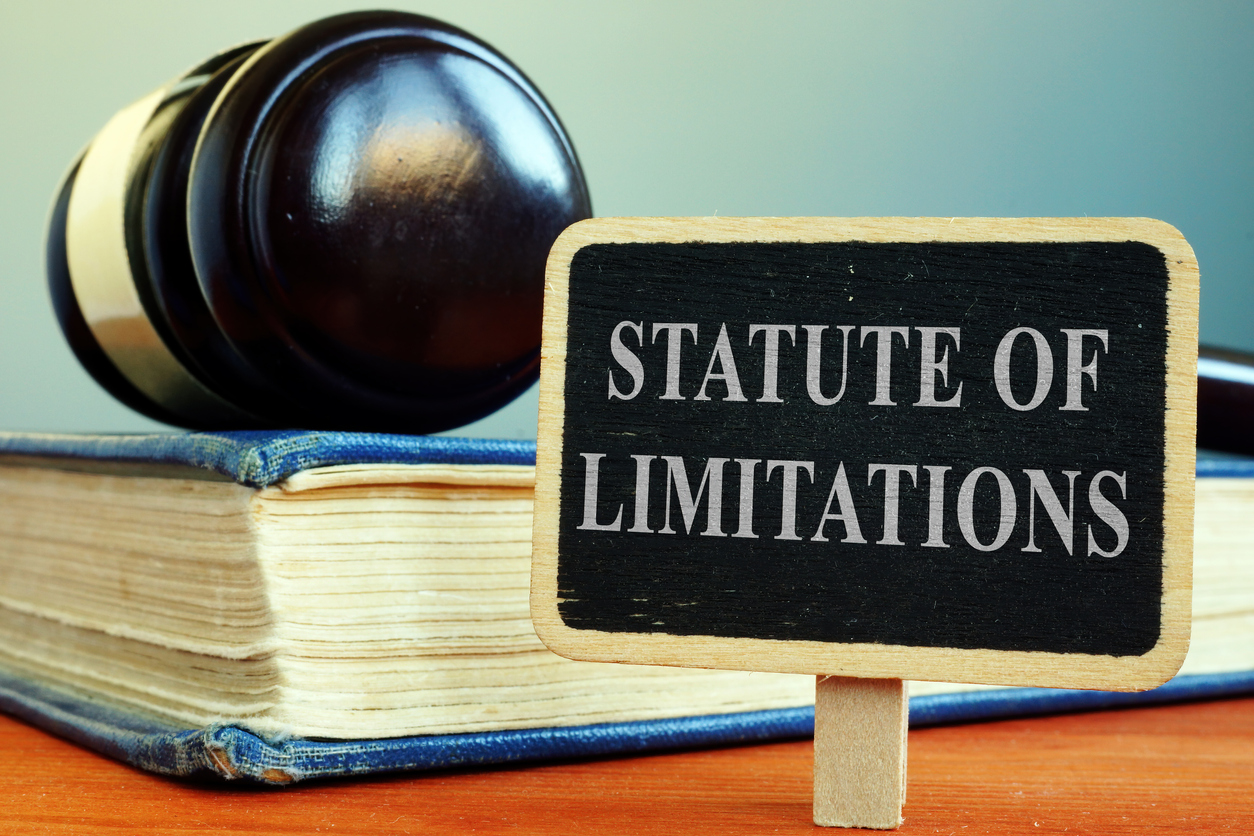A law firm in New York was without power prior to Superstorm Sandy making landfall. The reason for the power outage was because the utility company preemptively shut down power for several days prior to the storm as it anticipated there would be significant pre-storm flooding. The insured premises sustained no flooding or physical damage during the storm. However, the law firm made a claim under its commercial insurance policy for loss of business income and extra expense as the office building was without power from October 29, 2012 through November 3, 2012. During that time period, there was no electricity or elevator service in the building.
The policy provided coverage, under specified circumstances, for loss of business income and extra expenses occasioned by “direct physical loss or damage.” See Policy at CC 00108–00123 (“Business Income With Extra Expense Insurance For Law Firms”). This coverage was subject to several exclusions, including for loss or damage caused by flood.
On a motion for summary judgment, the Southern District of New York ruled that the law firm’s claim was excluded from coverage under the policy because the law firm did not suffer “direct physical loss or damage.”1
The Southern District of New York Court reasoned:
The critical policy language here—“direct physical loss or damage”—similarly, and unambiguously, requires some form of actual, physical damage to the insured premises to trigger loss of business income and extra expense coverage. Newman Myers simply cannot show any such loss or damage to the 40 Wall Street Building as a result of either (1) its inability to access its office from October 29 to November 3, 2012, or (2) Con Ed’s decision to shut off the power to the Bowling Green network. The words “direct” and “physical,” which modify the phrase “loss or damage,” ordinarily connote actual, demonstrable harm of some form to the premises itself, rather than forced closure of the premises for reasons exogenous to the premises themselves, or the adverse business consequences that flow from such closure. See Roundabout Theatre Co., 302 A.D.2d at 6, 751 N.Y.S.2d 4 (“direct physical loss or damage” language in insurance policy “clearly and unambiguously provides coverage only where the insured’s property suffers direct physical damage”); see also Couch on Insurance, § 148:46 (3rd ed.2009) (defining “physical loss” as a requirement which is “widely held to exclude alleged losses that are intangible or incorporeal”); id. § 167:15 (“business interruption policies generally require some physical damage to the insured’s business in order to invoke coverage”). This authority undermines, and the Court is unaware of authority supporting, Newman Myers’s argument that “direct physical loss or damage” should be read to include to extend to mere loss of use of a premises, where there has been no physical damage to such premises. See United Airlines, Inc. v. Ins. Co. of State of Pa., 385 F.Supp.2d 343, 349 (S.D.N.Y.2005), aff’d 439 F.3d 128 (2d Cir.2006) (“The inclusion of the modifier ‘physical’ before ‘damages’ … supports [defendant’s] position that physical damage is required before business interruption coverage is paid.”); Philadelphia Parking Auth., 385 F.Supp.2d at 287–88 (noting that “ ‘direct physical’ modifies both loss and damage,” and therefore “the interruption in business must be caused by some physical problem with the covered property … which must be caused by a ‘covered cause of loss’ ”).
The Court also explained that because it ruled there was no “direct physical loss or damage” and no covered loss under the policy, the Court did not need to decide whether the policy’s flood exclusion was applicable. However, the Court recognized there was a possibility an appeal could be filed, so it addressed the insurance company’s argument that the flood exclusion applied:2
Here, it is undisputed that Con Ed preemptively shut down the power to the Bowling Green Network as Hurricane Sandy made its approach, before any flood damage was actually sustained at its Bowling Green facility. Con Ed’s was a precautionary measure, to maintain the integrity of the utility network in the event of future flooding. Thus, the power outage Newman Myers complains of was not directly caused by flood, as that term is commonly understood. Although Great Northern argues that “flooding” and “concerns of imminent flood damage” were the reason for “the preemptive shutdown of power” to the Bowling Green Network, Def. Opp. Br. 14, those terms are not equivalent, and “[a]mbiguities in an insurance policy are to be construed against the insurer,” Dean, 19 N.Y.3d at 708, 955 N.Y.S.2d 817, 979 N.E.2d 1143 (internal quotation marks and citation omitted). Construing the flood exclusion narrowly, as the Court must, Great Northern cannot meet its burden of proving that Newman Myers’s losses would not be covered. Therefore, in the event the Court’s coverage ruling were overturned, the Court’s judgment would be that Newman Myers would prevail in this lawsuit.
This is a relevant ruling for both policyholders with Superstorm Sandy business interruption claims and their insurance companies, as it provides an analysis of when the policy language of “direct physical loss or damage” is triggered.
1 Newman Myers Kreines Gross Harris, P.C. v. Great Northern Ins. Co., No. 13-2177, 2014 WL 1642906 (S.D.N.Y. April 24, 2014).
2 Id. at 9.



